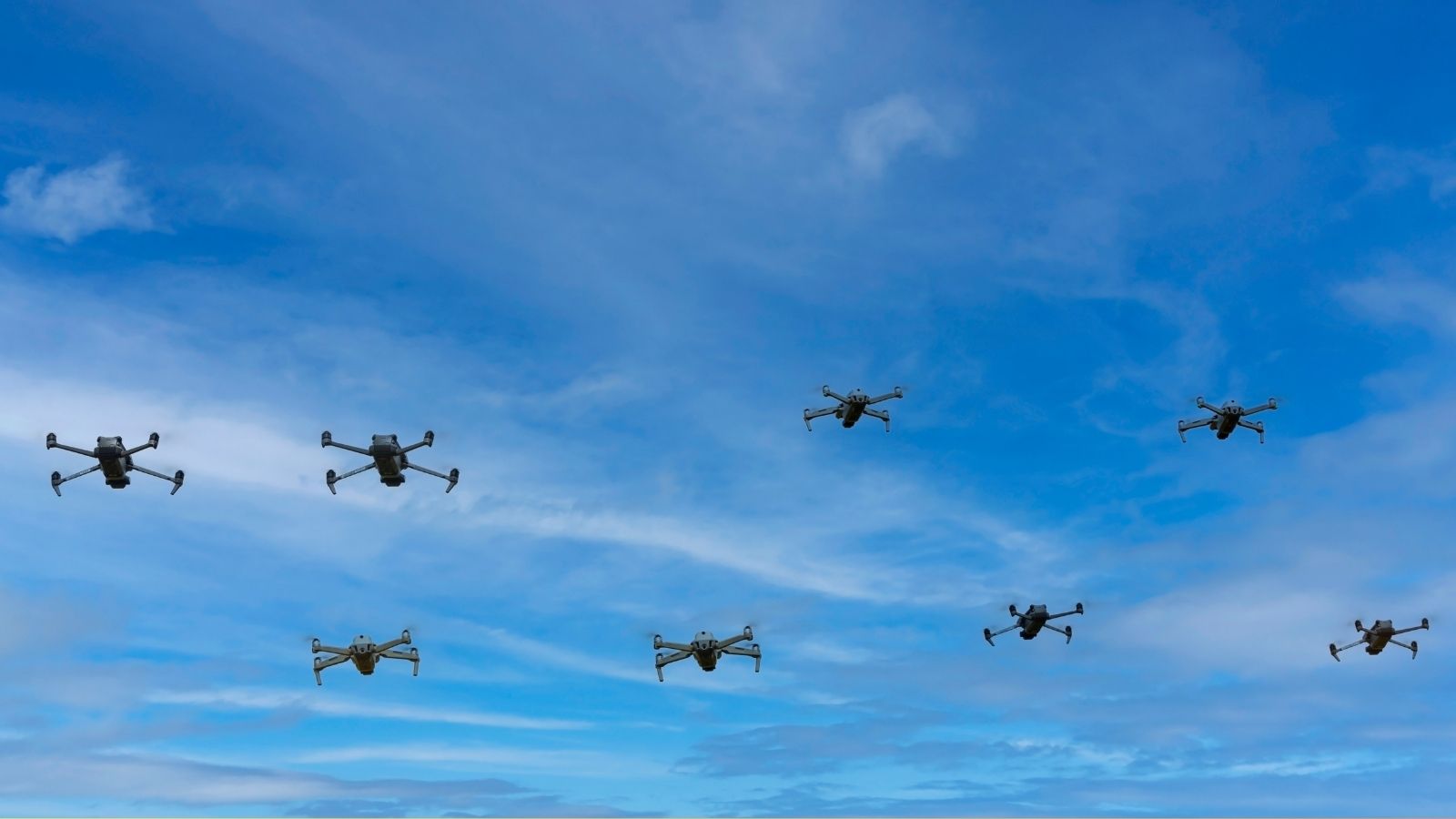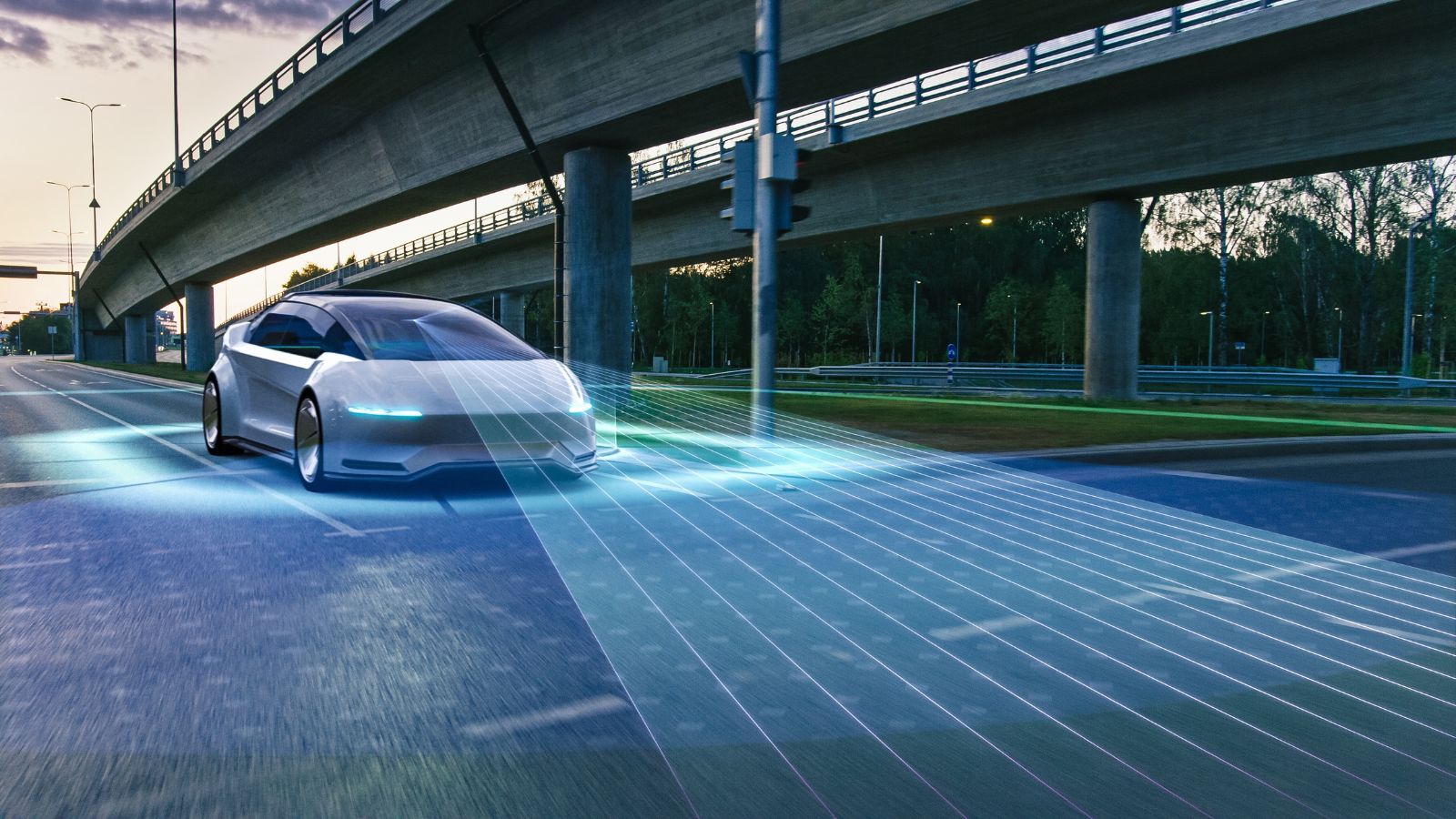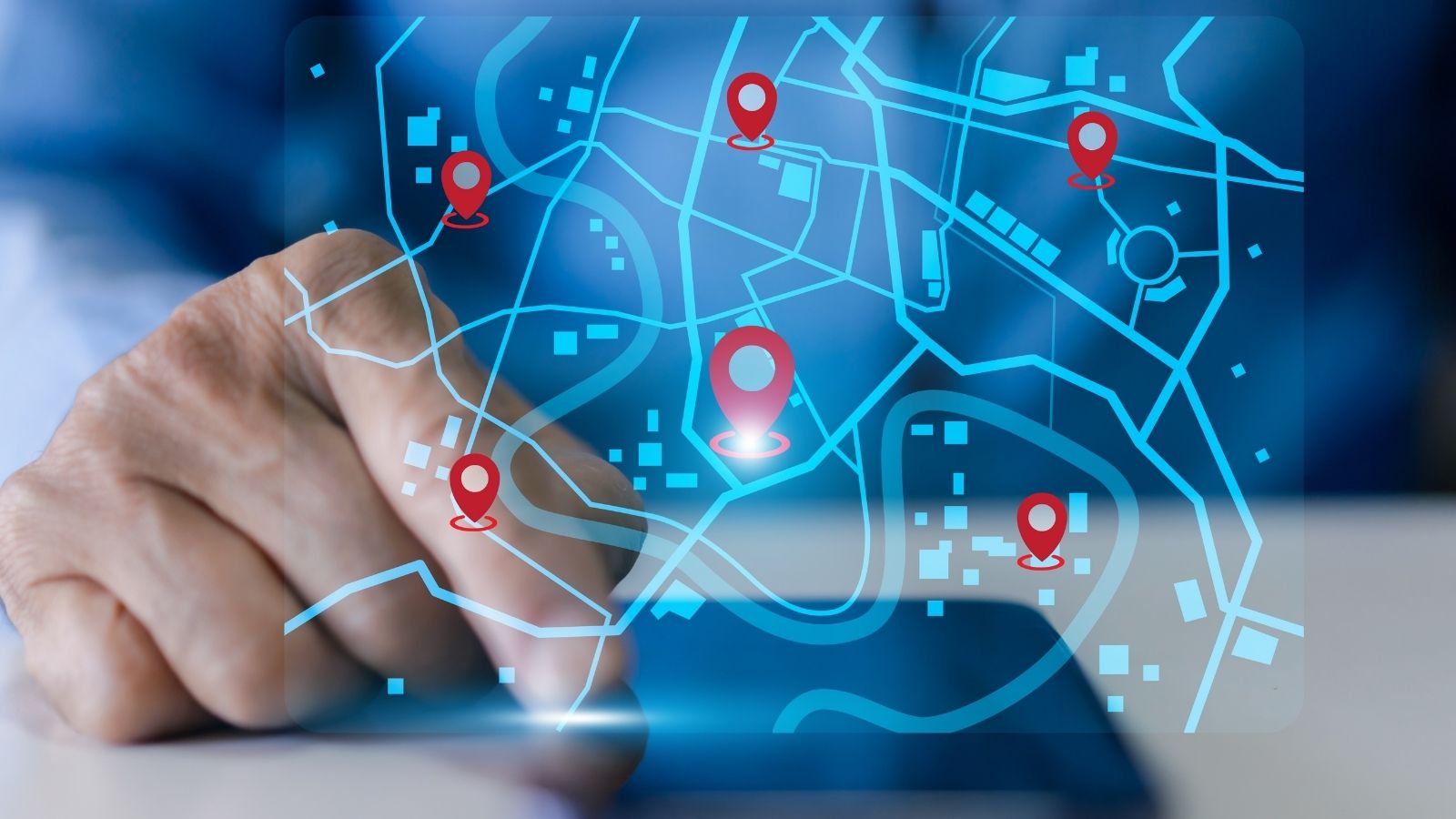In an age of technology and scientific advancements, there are still many dangers looming. Some advancements have improved neighborhoods and made them feel safe in many ways. But some developments are potentially harmful with new dangers emerging daily. We look at 17 surprising risks that may be lurking in your neighborhood:
Drone Surveillance

The increasing use of drones by commercial and governmental organizations is raising privacy concerns in neighborhoods across the U.S.The nature of drones means they can capture high-resolution images and videos without people’s knowledge or consent, potentially compromising privacy in local neighborhoods.
Smart Home Vulnerabilities

The convenience of smart home devices is great but as with many technological advances they come at a cost. Many devices, such as smart meters and programmable refrigerators, are vulnerable to hacking. Fraudsters are looking to access personal information, control devices remotely and even compromise home security systems.
Deep Fakes

The rise of deepfake technology has introduced a new era of digital deception. These highly realistic fabricated media can be used for malicious purposes, including blackmail, fraud, and political manipulation.
Autonomous Vehicles

While autonomous vehicles promise increased safety and convenience, they also pose potential risks to neighborhoods. One issue is that companies using these vehicles are applying for significant changes to road infrastructure, such as new traffic signals and sensors that disrupt the normal flow of the neighborhood.
Superbugs

The misuse of antibiotics has contributed to the development of antibiotic-resistant bacteria, or “superbugs” as they’re more commonly known. These drug-resistant bugs pose a serious public health challenge especially in neighborhoods with high populations where disease can spread.
Microplastics

Tiny plastic particles are increasingly found in our environment, potentially harming wildlife and human health. Microplastics can enter our water sources through various means, including runoff from landfills, wastewater treatment plants, and even synthetic clothing.
Climate Change-Related Hazards

Extreme weather events, such as hurricanes, floods, and wildfires, are becoming more frequent due to climate change. The intensity of these natural disasters can have a devastating impact on neighborhoods, with many houses and businesses being destroyed.
Contaminated Water Sources

Groundwater contamination from industrial activities is a surprising issue in many neighborhoods. Water not fit for human consumption can transmit diseases such as cholera, typhoid and dysentery that can lead to severe illness.
Social Media Addiction

While you wouldn’t think that social media addiction is a hazard to the neighborhood, it can be when it comes to children. Excessive social media use can lead to mental health issues, such as anxiety, depression and sleep disturbances, which were not as common in the days when children spent more time playing in the street.
Cyberbullying

Like social media addiction, online harassment and bullying can have devastating consequences for victims. Neighborhoods are not as close-knit as they once were which can hinder the support that people, especially children have for one another.
Fake News and Misinformation

In the age of digital information, the spread of fake news and misinformation has become a significant threat to communities. These false or misleading narratives can erode trust, sow discord and even incite violence among different pockets of society.
Loneliness and Isolation

The increasing pace of life and the rise of technology can contribute to feelings of loneliness and isolation for people who once relied on their neighbors for support. With less people chatting to people face to face, neighbors are not always the life line they once were.
Location Tracking

The increasing use of smartphones and other devices has led to increased concerns about privacy for individuals and larger communities. Such devices track our location in real-time which raises questions about how this data is collected and stored. There are concerns that this information could be accessed by third parties without consent, often for their own gain.
Autonomous Weapons

The development and deployment of autonomous weapons, or lethal autonomous weapon systems (LAWS), raise serious ethical and security concerns. These weapons, capable of selecting and engaging targets without human intervention, pose a potential threat to civilian neighborhoods.
Antisocial Behavior

Neighborhoods with high levels of antisocial behavior experience higher crime rates, including theft, vandalism and violence. When antisocial behavior is prevalent, it can erode trust and cooperation among neighbors, damaging the sense of community and can also lower house prices when people look to move away from the trouble.
Artificial Intelligence

The rise of augmented reality has brought with it a new set of privacy challenges as they can track our movements, collect data about our surroundings and recognize individuals. This raises concerns about the potential for mass surveillance of neighborhoods and the unauthorized use of personal information.
Rental Homes

There’s concern in many neighborhoods of the growing rise in rental homes. With so many “out of towners” living in an area for short periods, people are worried about the risks to their communities. The rise of second homes is also pricing many people out of buying a house in the place they grew up.
5 Canadian Provinces Predicted to Thrive in the Next Economic Boom
 To thrive in an economic boom, a region needs good infrastructure, talented people, government policies that support growth and uplift the economy, and a culture of entrepreneurship. Often, the demography can also be a significant indicator of a region’s economy in the next few years. Although reports may vary on which regions will perform the best economically, certain regions come up on every list. Here are 5 Canadian provinces predicted to thrive in the next economic boom:
To thrive in an economic boom, a region needs good infrastructure, talented people, government policies that support growth and uplift the economy, and a culture of entrepreneurship. Often, the demography can also be a significant indicator of a region’s economy in the next few years. Although reports may vary on which regions will perform the best economically, certain regions come up on every list. Here are 5 Canadian provinces predicted to thrive in the next economic boom:
5 Canadian Provinces Predicted to Thrive in the Next Economic Boom
